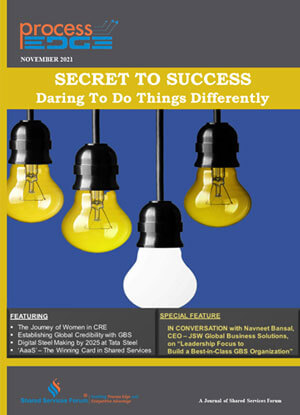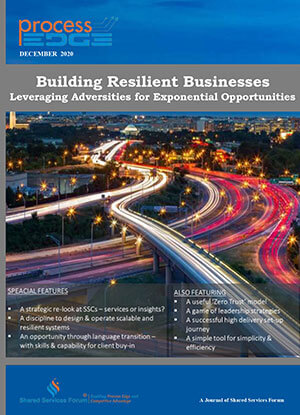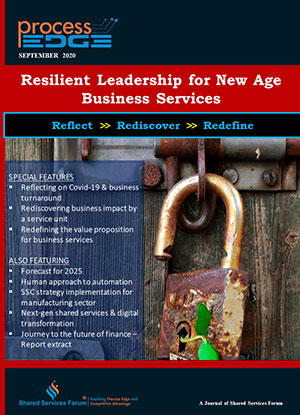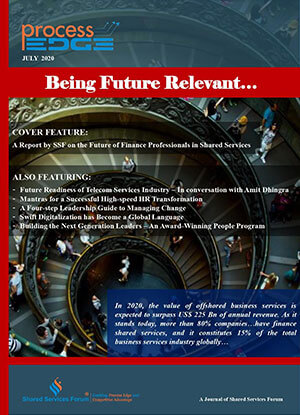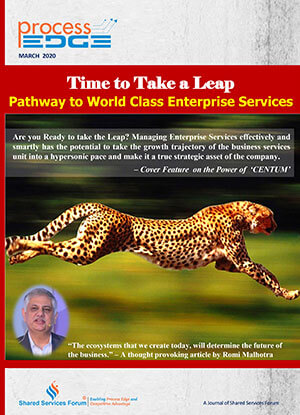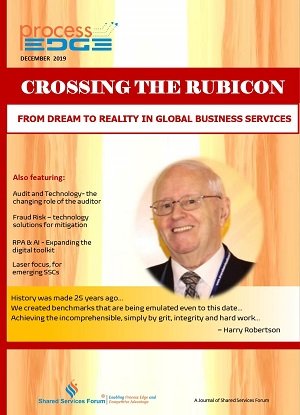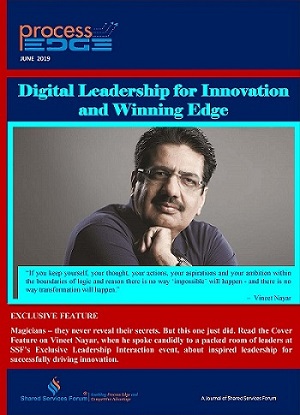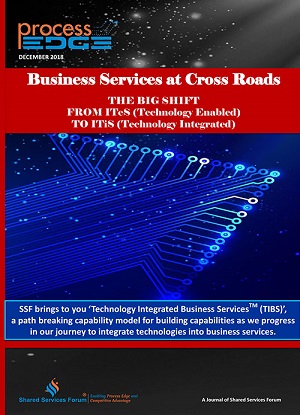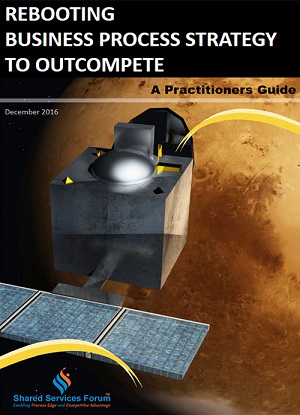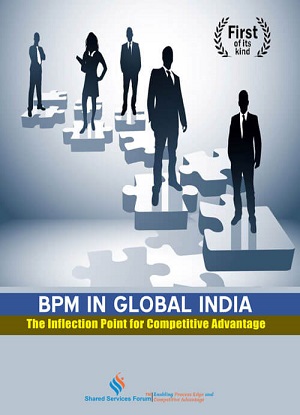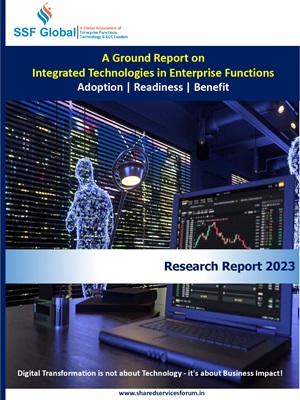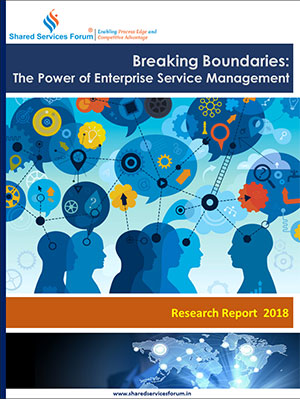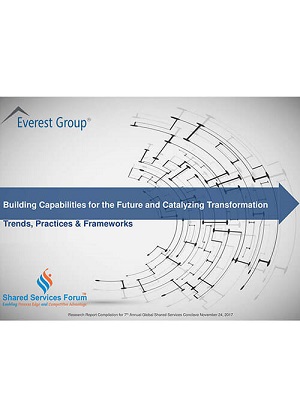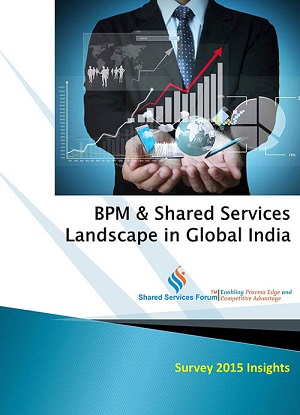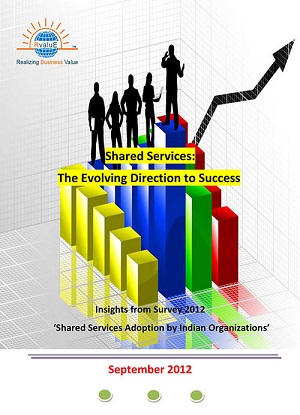
Would you like to start a conversation with other industry leaders to brainstorm a challenge or to just know more on a particular topic?
Engage in online discussions with your Peers
Start NowRobotic Process Automation (RPA) involves automating simple transactions for speed, accuracy, and efficiency, at a fraction of the human-labor cost. Organizations are fast turning to RPA to streamline mundane operations to drive efficiency and effectiveness in business operations. Seeing this trend, Forrester has predicted that the RPA market is expected to grow 41% per year up till 2020, reaching $2.9 billion in 2021. This is thanks to the fact that RPA is quick and easy to implement, and presents very tangible business benefits. However, there is a caveat here. A thoughtless and impulsive approach to administering RPA, without an in depth understanding of the concept and its implications, is sure to pose problems. Today we see a race for RPA, with every organization aiming for it, without proper planning and needs analysis. This is a sure recipe for failure; it can lead to corporate risk due to too many bots not doing the right things in the right way. Companies must therefore resist the temptation for ad hoc RPA implementations are have a centralized, meaningful RPA strategy in place.
First and foremost, RPA presents a challenge in how to balance speed versus control. While many bots performing different tasks give the advantage of speed, overpopulating a function with bots could entail them going out of control. The answer to this is to centralize RPA, and here are the three models you can choose from to make this happen:
- Shared Services: This is a model where everything is centralized i.e., process assessment, building, running, tracking and monitoring, documentation, best practices, and governance. A standard, centralized approach arises from having a single delivery place. Of course, having only one delivery place can put additional pressure on resources, and efficient resource management techniques will need to be employed to make this model work. It is however, worth the real control that you will have over your architecture.
- Center of Excellence (CoE): This model is such that businesses are decentralized as far as builds and implementation on the ground are concerned. However, the best practices and certain governance measures are centralized with the knowledge center which serves as the center of excellence or advisory. The CoE provides the necessary guidance, tools, and any other inputs at a strategic or tactical level, but the operational nuances are left to each business. This is a balance between speed and control—businesses have the freedom to bring their RPA efforts to speed, while the guideline framework adds the “control element.”
- Hybrid: This is midway between the above two models. The centralized unit looks after the best practices, governance as well as offers the business services capabilities to businesses. It acts as the assessor, allowing only those business units that have the appetite, knowledge, and capacity to run properly, to do so. This allows for an ideal balance, by encouraging capable business units to implement RPA, at the same time being the centralized decision-maker to decide who will function independently and to what extent.
These three models will help centralize digital labor, bringing about a modicum of control and direction to the RPA process. Each has its pros and cons, and organizations must evaluate which suits the business model and RPA objectives. A centralized model is the way ahead if organizations expect to realize the benefits such as quality, consistency, risk management, market intelligence, flexibility and scalability. Whatever model they choose, leaders must make sure their plans are flexible and adapt to the changing times as RPA standards evolve.
Source: Read IT Quik




